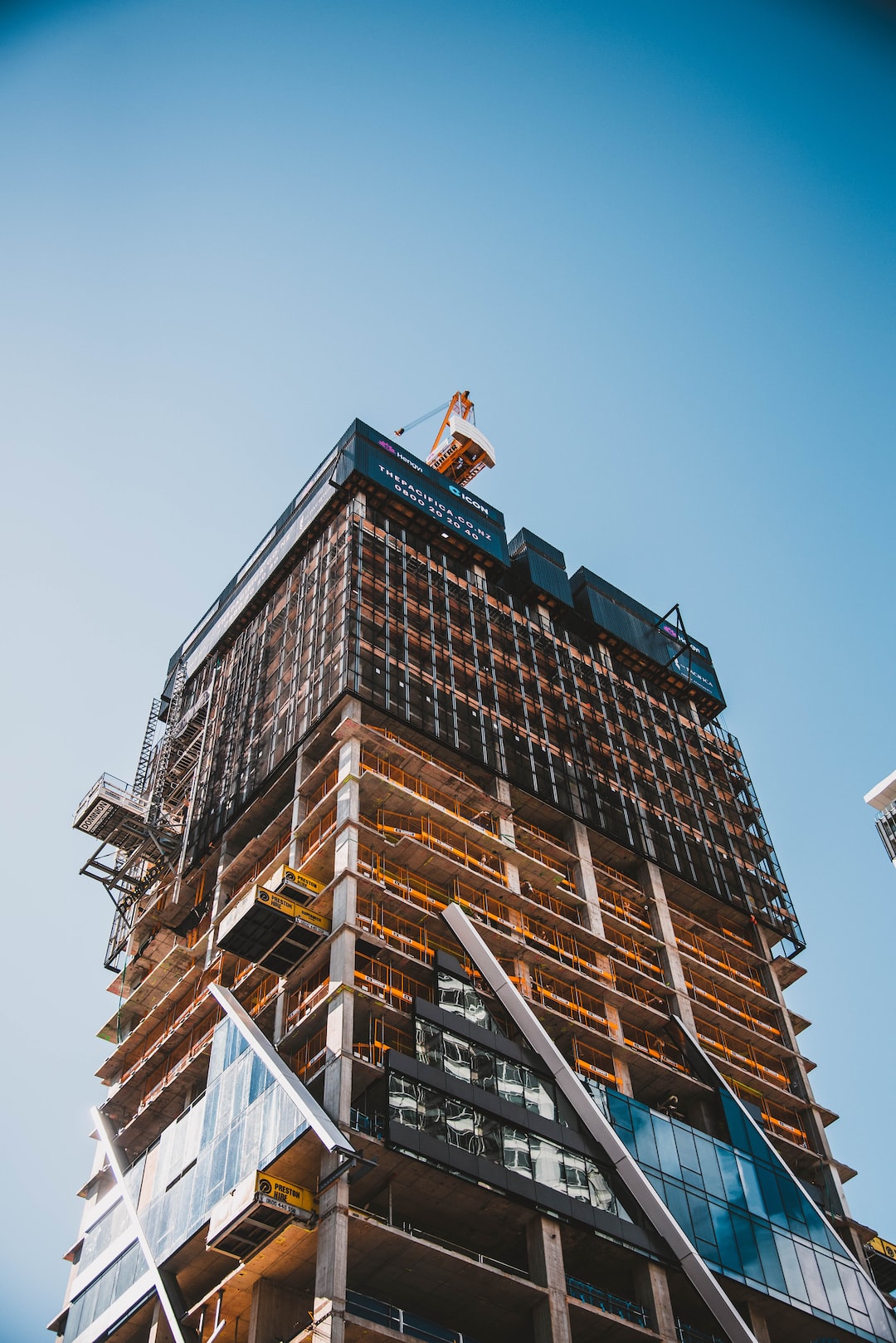The Latest Trends in Sustainable Real Estate
In recent years, the global real estate industry has experienced a significant shift towards sustainable practices. As the world grapples with the effects of climate change and the depletion of natural resources, consumers and businesses alike are placing a greater emphasis on environmentally friendly and energy-efficient options. This has led to the emergence of several trends in sustainable real estate that are shaping the future of the industry.
One of the most prominent trends is the incorporation of green building materials and techniques. Traditionally, construction projects have relied heavily on materials that have a negative impact on the environment, such as concrete and steel. However, there has been a growing awareness of the need to reduce carbon emissions and minimize waste in the construction process. As a result, developers are now using sustainable materials like bamboo, reclaimed wood, and recycled steel. Additionally, innovative construction techniques, such as modular and prefabricated construction, are becoming more popular, as they allow for faster and more efficient construction while reducing waste.
Another trend that is gaining momentum in sustainable real estate is the implementation of renewable energy systems. With the increasing availability and affordability of solar panels, wind turbines, and geothermal heating and cooling systems, many developers are incorporating these technologies into their projects. Not only do these systems help reduce the carbon footprint of buildings, but they also offer long-term cost savings by reducing energy expenses. Some large-scale developments even aim to become energy self-sufficient, producing more energy than they consume and selling the excess back to the grid.
Water conservation is also a growing concern in sustainable real estate. As water scarcity becomes an increasingly pressing issue in many parts of the world, developers are implementing innovative water management strategies. This includes the use of low-flow toilets and showerheads, rainwater harvesting systems, and water-efficient landscaping. These measures not only help conserve water but also reduce utility bills for residents and businesses.
In addition to green building materials, renewable energy systems, and water conservation, sustainable real estate is also prioritizing the creation of healthy and productive indoor environments. This is achieved through the use of non-toxic building materials, efficient ventilation systems, and the incorporation of natural light. Studies have shown that buildings with good indoor air quality and access to natural light can improve occupant health and productivity, making them highly desirable for both residential and commercial purposes.
Lastly, sustainable real estate is also focusing on creating walkable and transit-oriented communities. With the aim of reducing reliance on personal vehicles, developers are designing neighborhoods that prioritize pedestrians and cyclists. This includes the integration of sidewalks, bike lanes, and public transportation options. By promoting active transportation and reducing car dependency, these communities contribute to a greener and more sustainable future.
In conclusion, sustainable real estate is undergoing a significant transformation as the world recognizes the need for environmentally friendly and energy-efficient practices. The incorporation of green building materials, renewable energy systems, water conservation measures, healthy indoor environments, and walkable communities are among the latest trends shaping the industry. As consumers and businesses prioritize sustainability, these trends are likely to continue driving the future of real estate towards a more sustainable and resilient built environment.

